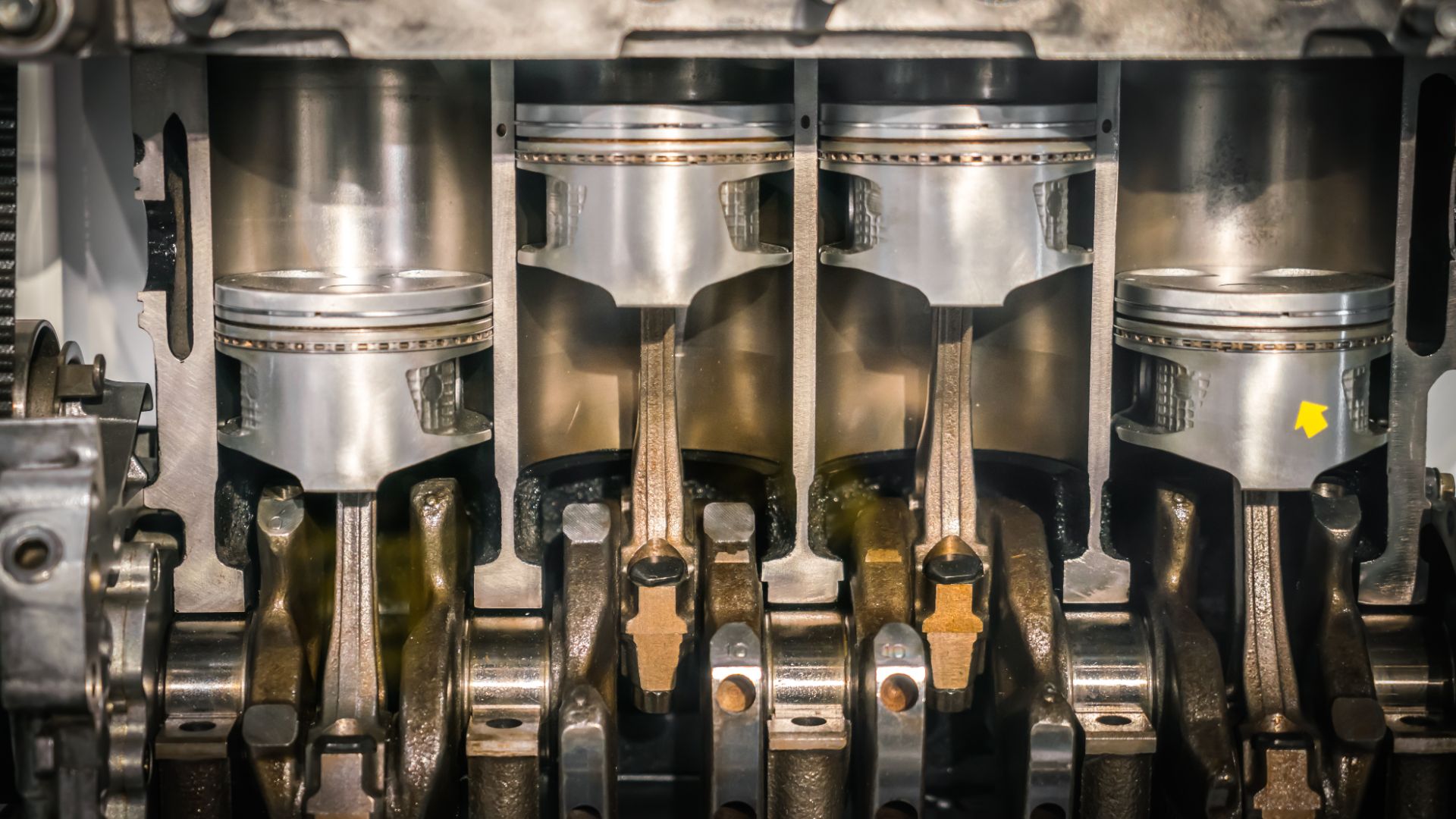Balance shaft definition and meaning

A balance shaft is a shaft that helps to cancel out the vibrations caused by the engine’s pistons. It is usually located between the cylinder banks in the engine’s crankshaft. The balance shaft rotates at the same speed as the crankshaft but in the opposite direction. The weight of the balance shaft helps to cancel out the vibrations caused by the engine’s pistons.
The balance shaft is a vital part of the engine and helps to keep it running smoothly. Without a balance shaft, the engine would vibrate excessively and would not be able to run properly.
Balance shafts are used in many different types of engines, including inline-four and V6 engines. Inline-four engines typically have two balance shafts, while V6 engines usually only have one. Some newer engines, such as BMW’s twin-turbocharged inline-six engine, do not use balance shafts at all.
Balance shafts are typically made from steel or aluminum and are hollow in the middle. Bearings support the shaft at each end. The bearings allow the shaft to rotate freely without any friction.